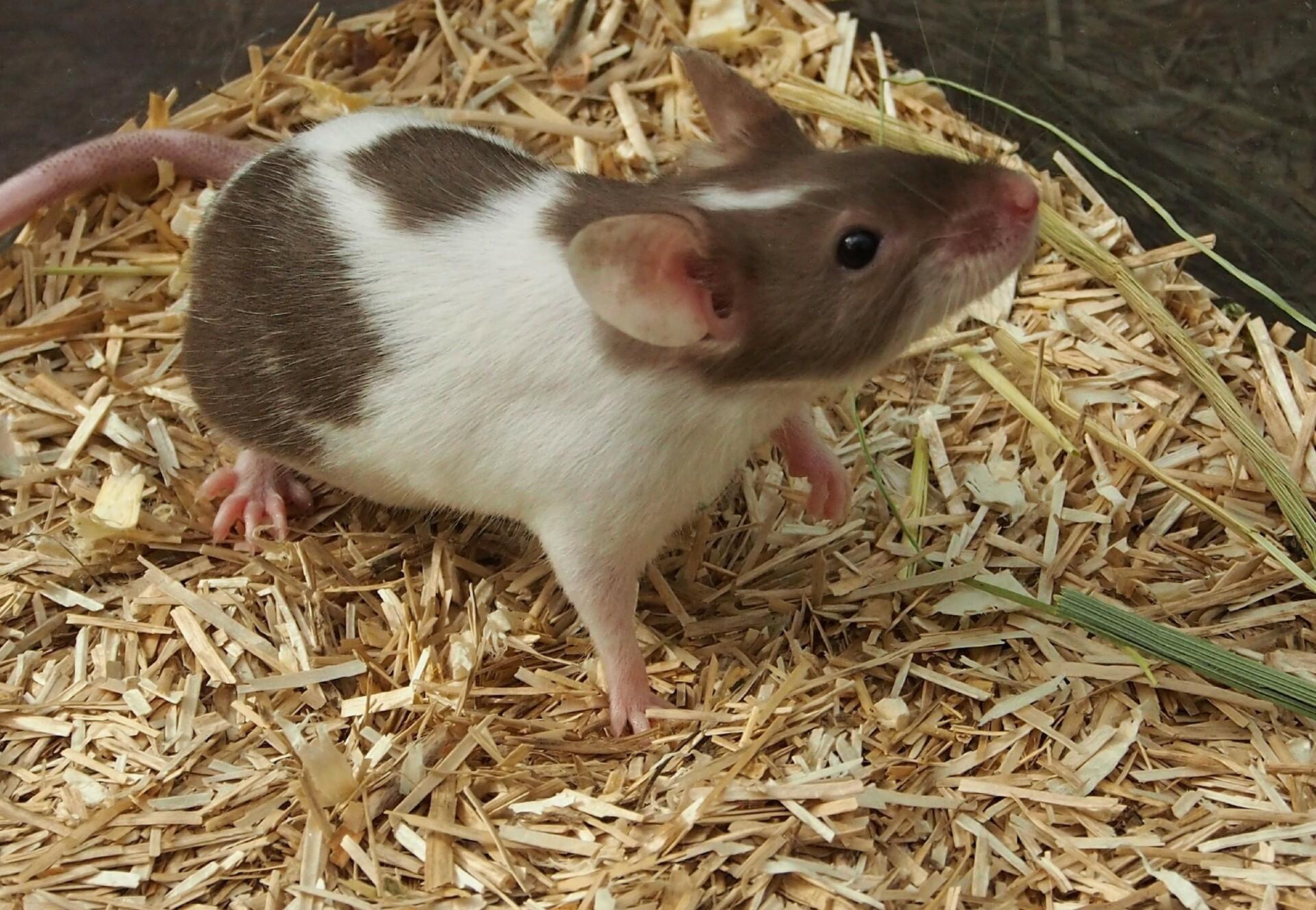
Mice as Pets
A pet mouse is great animal for people who like to observe
The 'pet mouse' is the domesticated form of the house mouse. The name comes from the fascinating variety of their colours; but it’s not just their appearance which is exciting. A look at the nature and extraordinary sensory ability of this little rodent shows what interesting and rewarding pets they can be when cared for correctly.
Pet mice are characterised by their friendly nature and their curiosity. They are highly social, living in groups in which they care for each other – although in contrast to rats, mice do not enjoy much physical contact with humans. To keep a pet mouse on its own, therefore, is not kind or appropriate.
Pet mice can live up to 4 years old when well cared for. The females are sexually mature from just four weeks of age. Their gestation period is approximately 21 days. Depending on the mother's age and nutritional condition, she can bear a litter of up to 18 pups – and directly after the birth, she can get pregnant again.
Pet mice are often regarded as easy 'beginner pets' for children – but careful!

They are no easy pets! The keeping of these active creatures as pets requires extensive knowledge to avoid inappropriate handling and ensuring a long and healthy life.
Due to their small size, the small mammals can get hurt easily – so they are not ideal pets for children. There are some important animal welfare considerations to take into account when deciding to keep pet mice as pets.
Breeding of defects
Some breeds are victim to painful or life-threatening defects due to over-breeding. These include:
- Curly and angora mice – highly prone to parasites, have limited tactile sense and tend to have inflamed eyes.
- 'Self' and 'Shaded' colours – including mice with red, yellow and orange fur. Their unusual colours are produced by a gene which, even with a strict diet, causes obesity. As a result, they suffer from health problems which severely reduce their life expectancy.
- Albinos – due to a metabolic disorder, albinos cannot produce melanin, which protects the skin from sunburn.
- Naked mice – completely hairless and must be kept in warm conditions to stay healthy. They also suffer from immunodeficiency.
Children and pet mice
Pet mice are not suitable for children. Their skeleton is delicate and fragile and can easily be crushed if handled improperly.
Behavioural abnormalities
Pet mice can show some behavioural abnormalities usually caused by poor care and living conditions. These can include tail hunting, wall scratching, high jumping, looping, sitting up and begging. Filial cannibalism (eating one's own offspring) is unfortunately also a risk if living space is too limited or there are too many mice kept together.
Pet mice are twilight- and night-active
Pet mice are nocturnal and usually rest during the day. Dragging them from their sleep in order to play with them during the day will cause them sleep deprivation and stress.
Pet mice and other pets
Pet mice need to live with others of their own species. Even if you think they’d be fine with other animals which appear similar (hamsters, degus, guinea pigs, etc.), you should not attempt any socialisation with animals of other species. Such attempts lead at best to stress for the pet mice, and in the worst case even to death.
Pet mice have a strong hierarchy within their packs
Although this doesn't exclude low-ranking animals from the mutual care of the group, non-group members must be introduced carefully into the herd. Otherwise there can be fights, stress and sometimes injuries.
The senses of the pet mice are highly tuned
Its eyes are at the sides of its head giving it a good panoramic view, although it has poor spatial vision.
The pet mouse can move its ears independently of each other in all directions and detect sounds up to 100,000 Hertz which are inaudible to human ears.
This nose of the little rodent is a very important sensory organ, as the animal discerns much about its environment through odours. For example, traces of scent are used to mark territory, and they also find their partners within the pack by smell.
The whiskers (vibrissae) of the pet mouse are an additional tool for orientation, particularly useful in darkness.
The mice also have an outstanding balance system in their inner ear, enabling them to balance safely on narrow elements such as ropes.

